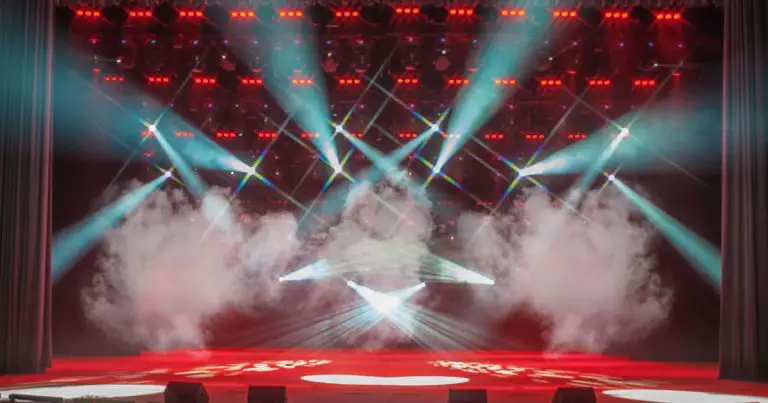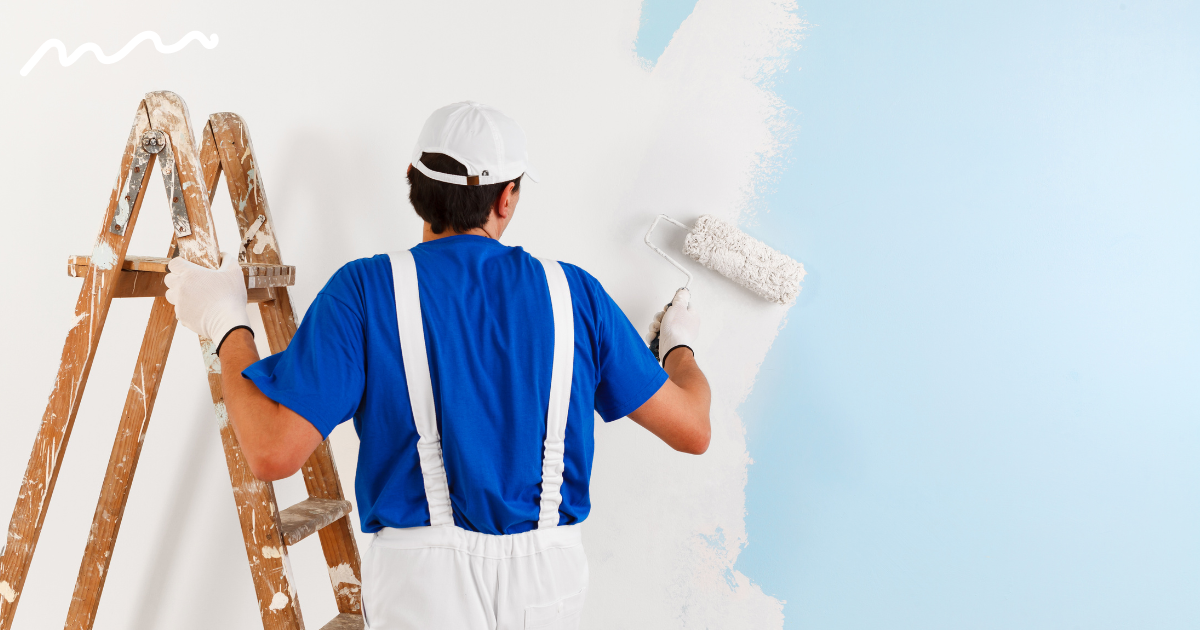There are many factors to consider when deciding whether to use single-stage or two-stage paint. The type of paint, the surface to be painted, the environment, and the desired outcome all play a role in the decision. Single stage paint is a paint that is applied in one coat and dries to a glossy finish.
It is typically used on metal surfaces and is resistant to chipping and fading. Two-stage paint is a paint that is applied in two coats, with the first coat being a primer and the second coat being the color coat. It is typically used on wood surfaces and is more resistant to chipping and fading than single-stage paint.
There are a few key differences between single-stage and two-stage paint. The most obvious difference is that two-stage paint requires a clear coat, while single stage does not. This means that two-stage paint will have a shinier finish than a single stage.
Another difference is that two-stage paint is more durable than a single stage. This is because the clear coat protects the color coat from UV damage and other wear and tear. Finally, two-stage paint is more expensive than a single stage.
This is because it requires an extra layer of paint, and the paint itself is usually of a higher quality. So, which is better? It really depends on your needs.
If you want a durable, shiny finish, then two-stage paint is the way to go. However, if you’re on a budget or you don’t need a super high-quality finish, then single-stage paint will suffice.
Can you clear coat over single-stage paint?
Yes, you can clear coat over single-stage paint, but there are some things to consider before doing so. Single-stage paints are not as durable as clear coats, so the clear coat will help protect the paint from wear and tear. However, clear coats can also yellow over time, so it’s important to choose a high-quality clear coat that is designed to resist yellowing.
Is single-stage paint good on cars?
If you’re considering repainting your car, you may be wondering if single-stage paint is a good option. Single-stage paint is a type of paint that doesn’t require a clear coat, and it can be a good option if you’re looking for a budget-friendly option. However, there are some things to keep in mind if you’re considering single-stage paint.
First, single-stage paint doesn’t have the same level of durability as paint that has a clear coat. This means that it’s more susceptible to scratches and chipping. Second, single-stage paint can be more difficult to match if you need to do any repairs in the future.
And finally, single-stage paint can fade more quickly than paint with a clear coat. So, is single-stage paint a good option for your car? It depends on your individual needs and preferences.
If you’re looking for a budget-friendly option, single-stage paint may be a good choice. But if you’re looking for durability and a long-lasting finish, you may want to opt for paint with a clear coat.
Does single-stage paint hold up?
If you’re considering repainting your home’s exterior, you may be wondering if single-stage paint is a good option. Single-stage paint is a paint that doesn’t require a topcoat, so it can save you time and money. But does it hold up?
Single-stage paint generally has good durability, but it may not be as long-lasting as paint with a topcoat. It’s more susceptible to chipping and fading, so it’s not the best choice if you’re looking for paint that will last for many years. However, it can be a good option if you’re looking for a budget-friendly paint option.
Best single-stage paint
Single-stage paint is one of the best ways to achieve a high-quality, long-lasting paint job. Here are some of the reasons why:
- Single-stage paint provides better coverage than other types of paint, so you’ll need fewer coats to achieve a beautiful finish.
- Single-stage paint is more durable than other types of paint, so it will better withstand the rigors of everyday use.
- Single-stage paint is easier to apply than other types of paint, so you’ll save time and effort in the painting process.
- Single-stage paint is available in a wide variety of colors, so you can choose the perfect shade for your project.
- Single-stage paint is typically less expensive than other types of paint, so you’ll save money on your project. If you’re looking for the best way to achieve a high-quality, long-lasting paint job, single-stage paint is the way to go. With its superior coverage, durability, and ease of application, it’s the perfect choice for any project.
How long does single-stage paint last
When it comes to how long a single-stage paint job will last, there is no definitive answer. The lifespan of a single-stage paint job depends on a variety of factors, including the quality of the paint used, the skill of the painter, the conditions under which the paint is applied and stored, and the type of surface being painted. In general, however, a well-executed single-stage paint job can last anywhere from five to ten years.
Single stage paint vs base coat clear coat
If you’re considering repainting your car, you may be wondering whether to go with a single-stage paint or a base coat clear coat. Both have their pros and cons, so it’s important to weigh your options before making a decision. Single-stage paint is typically cheaper than base coat clear coat, and it can be applied directly to the metal surface of your car.
However, it doesn’t offer the same level of protection as a clear coat, and it’s more susceptible to chipping and fading over time. Base coat clear coat, on the other hand, is more expensive and requires an extra step in the painting process. But it provides a more durable finish that is better resistant to chipping and fading.
It also gives your car a deeper, richer color. So, which is the best option for you? It really depends on your budget and your preferences.
If you want a cheaper paint job that will still look good, single-stage paint is a good choice. But if you want a more durable finish that will last longer, a base coat clear coat is the way to go.
Conclusion
There are two main types of paint sprayers – single-stage and two-stage. Single-stage paint sprayers are less expensive and easier to use, but they don’t produce as high of a quality finish as a two-stage paint sprayer. Two-stage paint sprayers are more expensive and require more setup, but they produce a much higher quality finish.
If you’re looking for a professional-looking paint job, a two-stage paint sprayer is a way to go.










